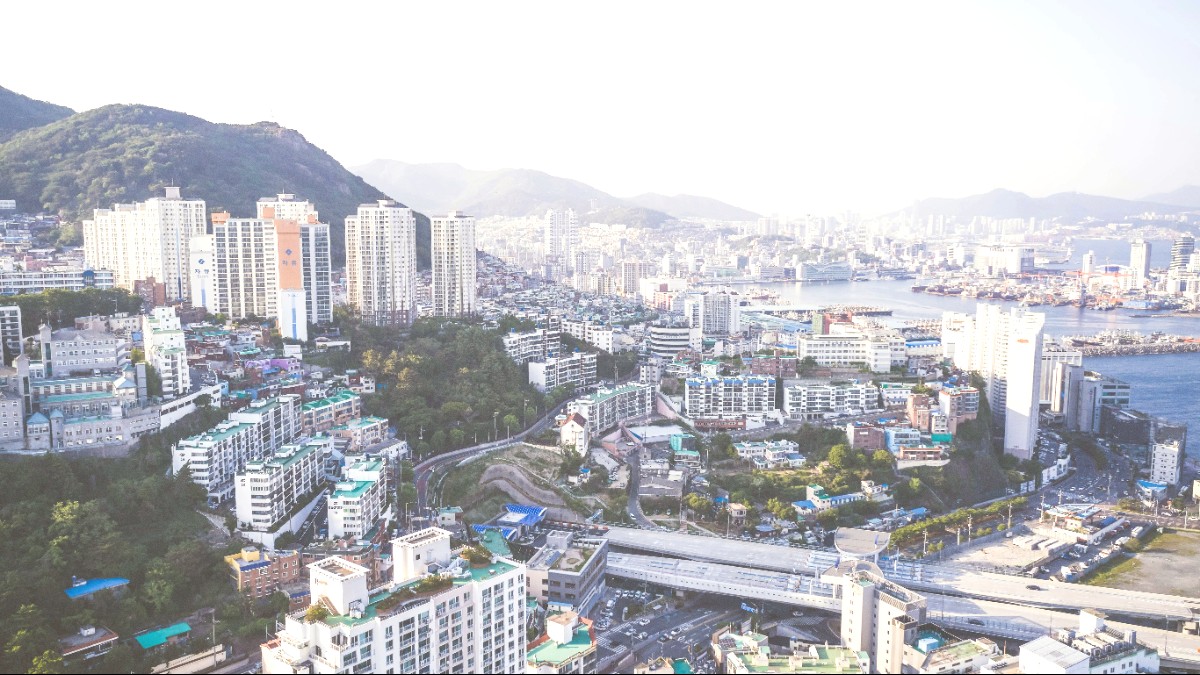
Gyeongsangnam Do, South Korea
Here, mountains descend to sandy beaches, and a working port seamlessly blends with lively neighborhoods and quiet cultural havens. Busan invites travelers to immerse themselves in a city that celebrates its past while always looking forward.
The city's most defining historical period came during the Korean War from 1950 to 1953. When North Korean forces advanced south, Busan became a temporary capital of South Korea.
It was one of only two cities on the southern tip of the peninsula that remained uncaptured, standing as a symbol of hope and resilience. Millions of refugees flocked to Busan, seeking safety and shelter.
Busan, officially Busan Gwangyeoksi, sits on the southeastern edge of the Korean Peninsula. Its location includes a natural harbor along the Korea Strait. While it operates as an independent metropolitan city, Busan is a central part of the larger Yeongnam region, which includes Gyeongsangnam-do (South Gyeongsang Province).
Busan features a dramatic landscape of mountains, hills, and valleys. Geumjeongsan Mountain, the city's highest peak, provides a green backdrop to the urban sprawl. The lengthy coastline defines much of Busan, featuring renowned beaches like Haeundae and Gwangalli.
The proximity of mountains and sea influences the climate.
The varied terrain shapes the daily lives of residents.
Industries are tied to maritime and natural resources.
A mix of beach and mountain recreation options exist.
Rivers, like Nakdong, create fertile deltas and ecosystems.
Busan is a storied past, shaped by its strategic coastal position. For centuries, it served as a port, facilitating trade and cultural exchange between Korea, Japan, and beyond. This history as a maritime hub is visible in its bustling port areas and the diverse influences found within its culture.
During the Korean War (1950-1953), Busan became the temporary capital of South Korea. It remained uncaptured, standing as a symbol of hope. This period contributed to the city's rapid growth.
Busan Port remains one of the largest and busiest in the world. It serves as a cornerstone of international trade, shipping, and maritime logistics, connecting South Korea to global markets.
The city's history of welcoming outsiders, whether refugees or traders, fosters a resilient, open, and dynamic spirit.
Busan combines metropolitan development with natural beauty. Here is a quick overview:
Its identity as a coastal hub, shaped by history and geography, makes a trip to Busan engaging and memorable.
Approximately 3.3 million people (2023 estimate).
Spans approximately 770 square kilometers.
Shipbuilding, electronics, logistics, and tourism.
Busan is often called the "Summer Capital of Korea." This nickname refers to its immense popularity during warmer months.